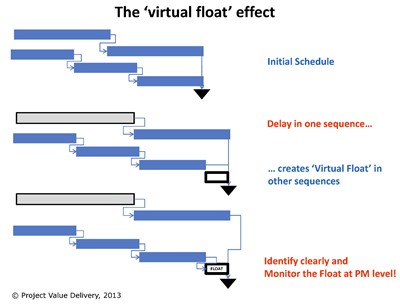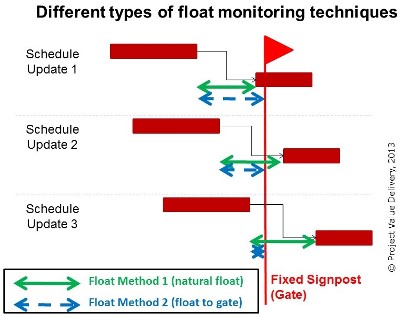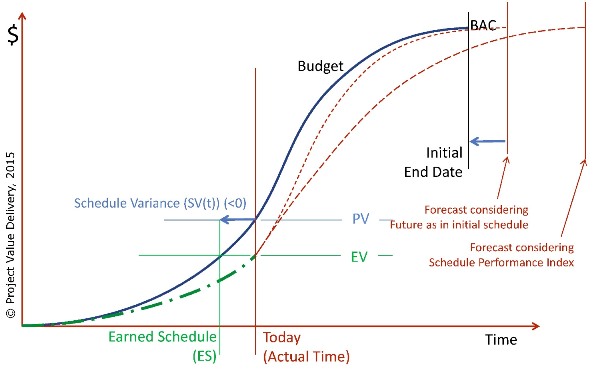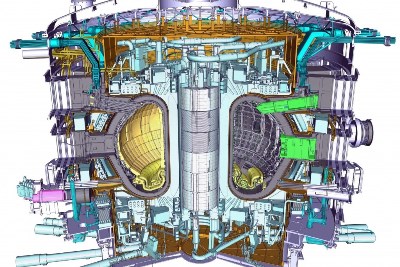The Three Essential Transverse Processes to Keep Large, Complex Projects Under Control
To keep control of a Large, Complex Project a large number of interfaces between functions have to be monitored through the Project Control processes. Three additional processes that are fully transverse to the Project also need to operate perfectly: these are:
- Management of Change,
- External Interface Management,
- and Procurement Post-Award Management.
 Our new White Paper 2017-03 ‘The Three Essential Transverse Processes to Keep Large, Complex Projects Under Control’ exposes why these processes are so critical, and what are the associated success factors.
Our new White Paper 2017-03 ‘The Three Essential Transverse Processes to Keep Large, Complex Projects Under Control’ exposes why these processes are so critical, and what are the associated success factors.
The three transverse processes exposed in our new White Paper 2017-03 ‘The Three Essential Transverse Processes to Keep Large, Complex Projects Under Control’ are absolutely essential for any Project to be successful. Sufficient attention must be devoted to setting up and operating those processes. This will often warrant to allocate a full-time experienced person to be allocated for Management of Change and/or External Interface Management. Experience often can’t be replaced when it comes to gauging quickly the impact of a Change or an Interface Request over the entire Project, including consequential impacts.
Depending on the Project organization, Project Control might not be responsible to establish and maintain these processes. In all cases it must make sure they are functional throughout the entire Project execution, and make good use of the data they provide.
Find all these principles of Practical Project Control exposed in a comprehensive manner in our new Handbook, 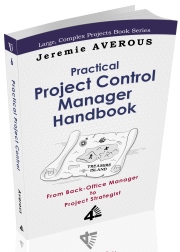 Practical Project Control Manager Handbook (now published – click on the link to see it on Amazon!)
Practical Project Control Manager Handbook (now published – click on the link to see it on Amazon!)




